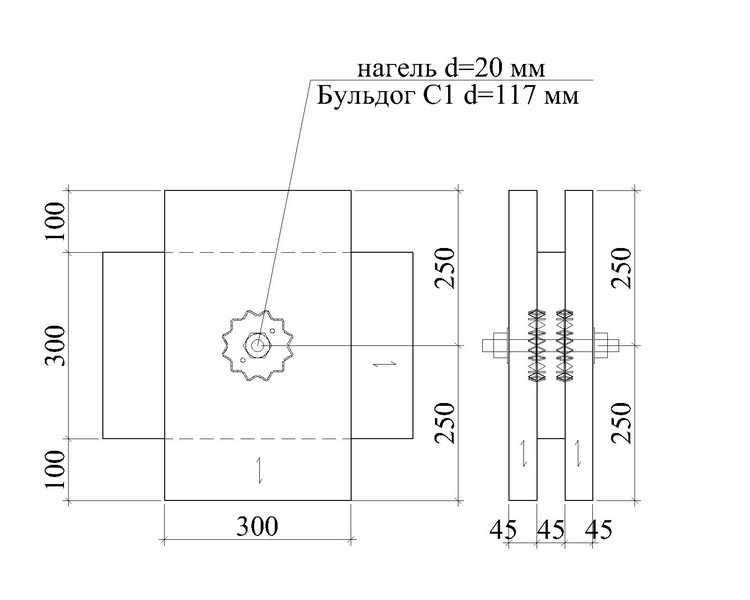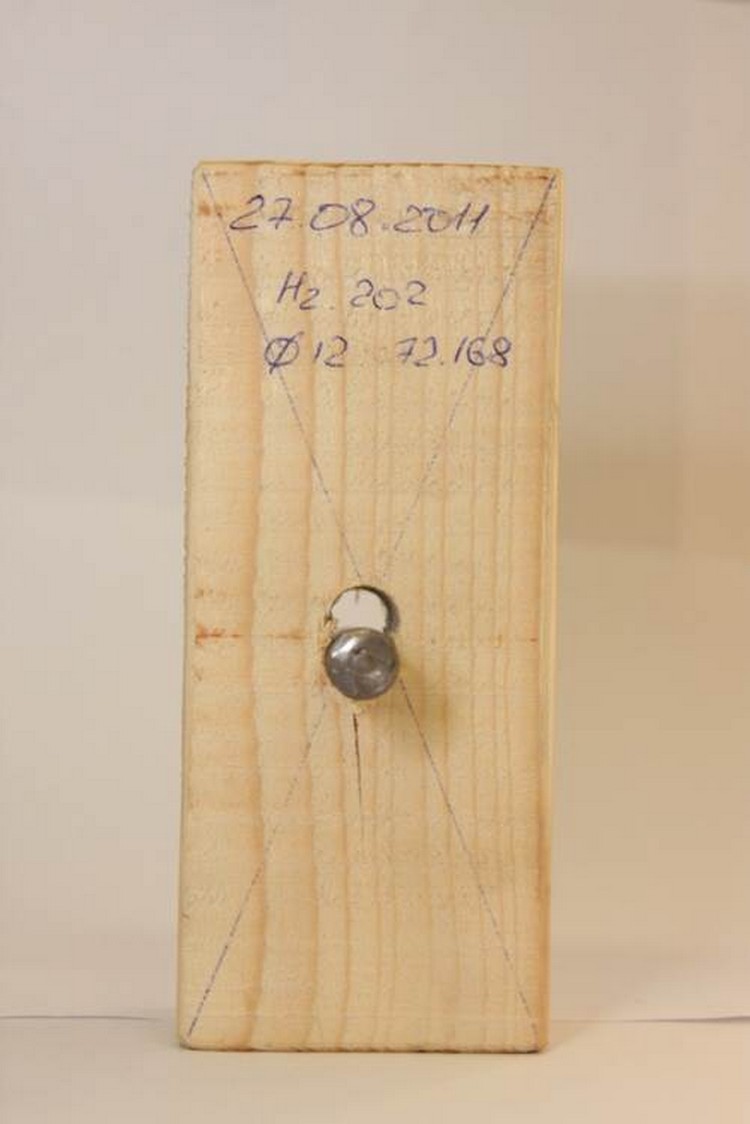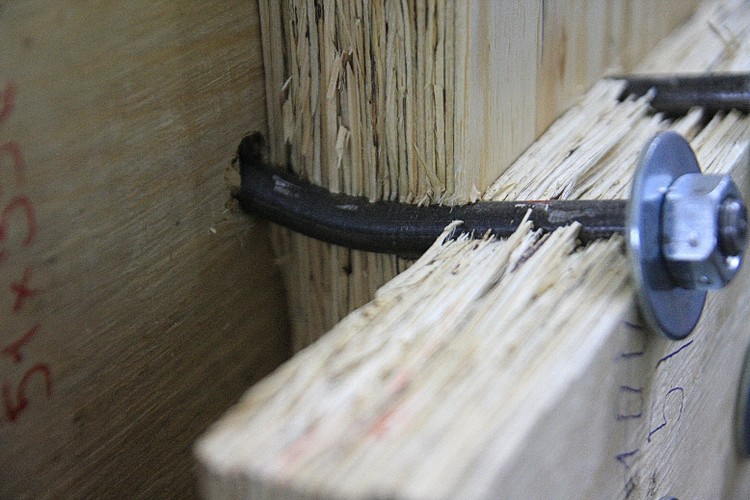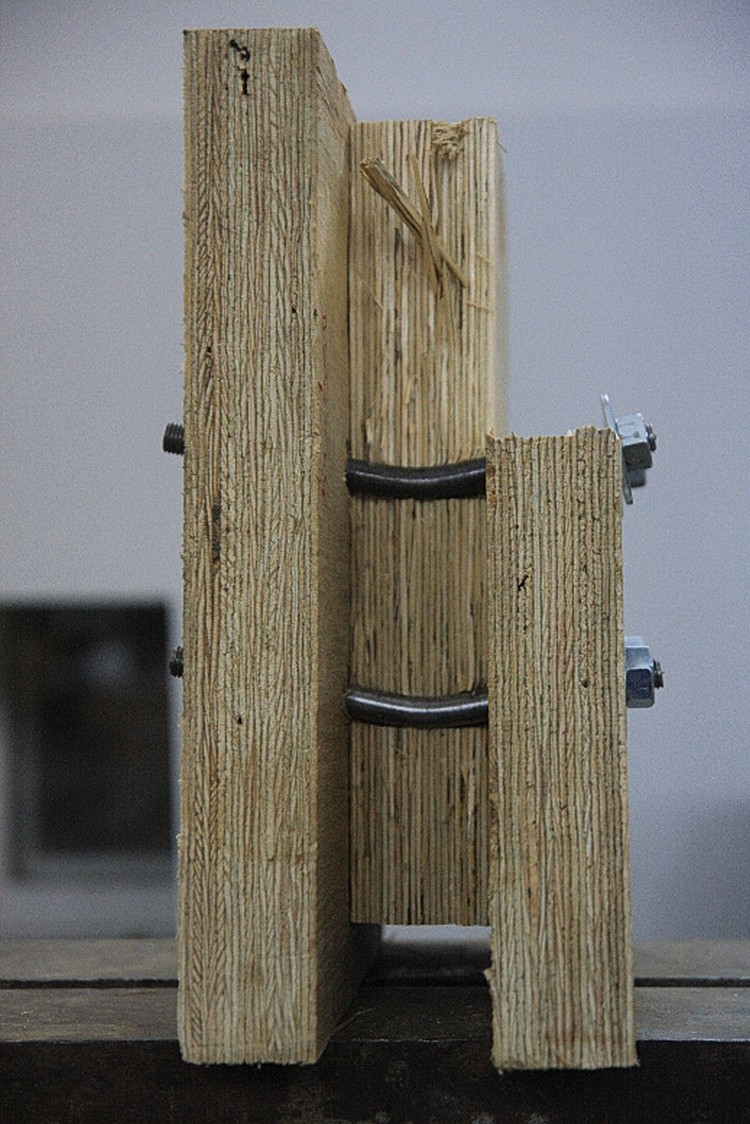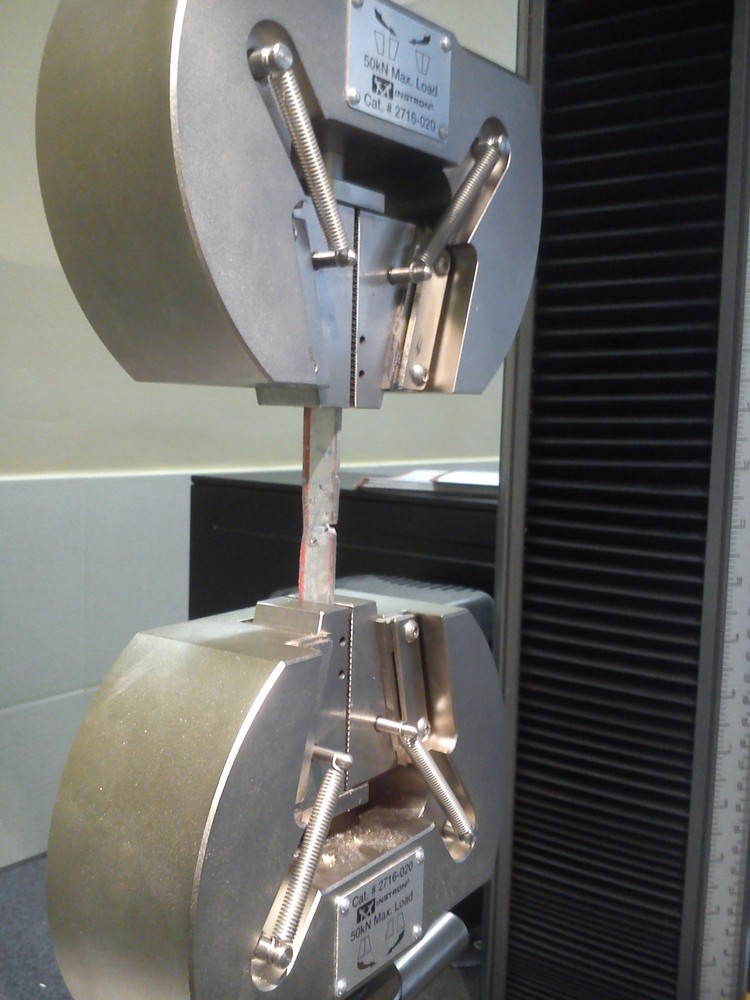The “claws” that can change architecture
There is nothing new under the sun. Yegor Danilov, senior lecturer at the Department of Metal and Timber Constructions, Candidate of Engineering, who defended his candidate dissertation in 2019 on the topic of “Development of calculation methods for joining Timber constructions from unidirectional glued beams with claw gaskets,” is sure of this.
Yegor Danilov
In the opinion of the young scientist, research in this area can fundamentally change the face of Russian cities. We asked him to share the details.
– Having entered postgraduate school in 2011, I was in search of ‘my area’. My scientific supervisor, Head of the SPbGASU Department of Metal And Timber Constructions Professor Aleksandr Chernykh, Dr. of Engineering, recommended to into the development of compounds for Timber constructions. Nowadays, this is a highly relevant topic. The fact is that now there are many new materials based on wood. All of them have increased strength characteristics compared to solid wood. The strength of the materials increased, but the connectors remained at the old level. Unfortunately, they are not strong and reliable enough.
– How do you propose to increase their reliability?
– After reviewing existing products of the kind, I found an extremely promising kind of joints, i.e., claw-type gaskets. In our country, they were used from the 1940s-1960s but then were undeservedly forgotten.
A claw-type gasket is stamped sheet of round metal with claws that allow resisting to the displacement of the elements of the joints.
Abroad, such connectors are very common. They could be useful with us as well, because new materials require new connectors with improved strength characteristics. But in our country they are limited to a screw connection, although by installing additional claw gaskets it is possible to significantly increase the bearing capacity of structural units.
In 2014, my colleagues and I developed and patented a press for mounting joints with claw gaskets.
– Please tell us about your invention.
– The device is a special press, which allows at the production or construction site to press-in (install) the claw gaskets in the designed position. When there are a lot of gaskets, it is difficult to make a high-quality connection.
✔ This press provides high reliability of joints due to the simultaneous uniform mounting of several connectors. My developments have already been successfully used in the design and construction of some facilities in St. Petersburg and the Leningrad Region.
Testing a truss with claw-type gaskets and LVL
– Was your dissertation devoted to the same topic?
– Yes, I worked on the patent as part of the dissertation. I studied the history of the development of connectors of Timber constructions, in particular, claw gaskets, dating back to the 19th century. I worked in the archives of the SPbGASU, MGSU and NNGASU libraries. Side by side, I analyzed modern methods for calculating the joints of Timber constructions to develop an actual method for calculating claw gaskets.
The calculation method should take into account the main factors determining the strength and stiffness of compounds, as well as the physical properties of new, insufficiently studied materials that were supposed to be used.
To obtain the necessary information about the properties of new materials, I conducted experimental studies. Due to the specificity of the tests, some test facilities needed to be developed and manufactured autonomously. To test the proposed calculations, I conducted experimental studies at the SPbGASU mechanical laboratory.
{gallery name="Егор Данилов 032020"}
– How can your research impact modern building practice?
– The combination “modern engineering wood LVL + claw-type gaskets” will reduce the cost of long-span structures, fundamentally changing approaches to construction in Russia, as it will increase the competitiveness of Timber constructions and open up new prospects.
Nowadays, timber constructions are distributed mainly in facilities with an aggressive environment, where the use of other materials (reinforced concrete, metal structures) is not possible. In addition, they are often used in large-span structures. In other constructions, Timber constructions concede in technical and economic parameters, and not always are advantageous to use.
Imagine how modern buildings are built: preference is given to fast and cheap methods of construction. According to their technical and economic parameters, engineering wood structures do not provide for either the former or the latter; therefore they are used much less frequently. But if you offer more profitable options to the market, then, of course, you can change the fundamental structural and architectural solutions of modern buildings.
– When will your proposals be implemented?
– Tentatively, within the next five years. Such works are necessary. If we look at construction in the 19th and 20th centuries, then a significant part was made up of Timber constructions. They are ubiquitous in the building atlases of the time. Presently, a suitable building atlas of Timber constructions is a rarity. But architects, making a choice in favor of one or another constructive solution, use such literature. The lack of an atlas exacerbates the situation in wooden housing construction. I am quite sure that our work will advance the development of new atlases of Timber constructions. I defended my candidate dissertation, became a co-author of the monograph, and continue the scientific research. I plan to work on creating a new building atlas of Timber constructions. The more you get into it, the more you want to know and discover.
Text: Tatyana Petrova
✔ Learn more about the Department of Metal and Timber Constructions, its teachers and developments





